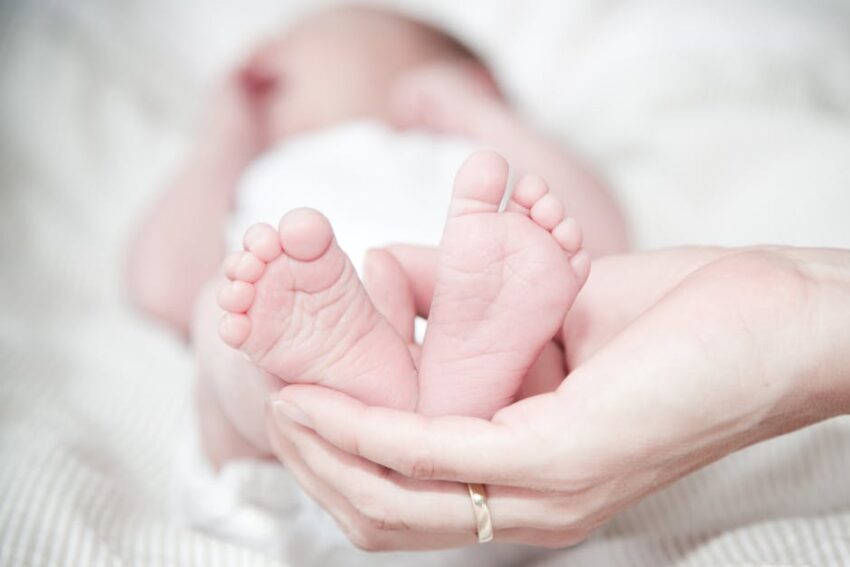As a parent, keeping your baby safe is a top priority, but it doesn’t mean you have to compromise on your eco-friendly lifestyle. Babyproofing your home can be both effective and sustainable. Here are eco-friendly babyproofing tips that will keep your little one safe while minimizing your environmental impact.
1. Choose Non-Toxic Materials
When selecting babyproofing products, go for materials free from harmful chemicals. Avoid PVC, BPA, phthalates, and other toxic substances often found in plastic items. Instead, choose products made from materials like silicone, natural rubber, or untreated wood. These options are not only safer for your baby but also kinder to the planet.
Why it matters: Non-toxic materials reduce your baby’s exposure to harmful chemicals that can affect their health and development.
2. Use Reusable Corner Protectors
Babies love exploring, which means sharp corners on tables and furniture can pose a risk. Reusable corner protectors made from eco-friendly materials like silicone are a great option. Unlike plastic versions, they can be reused and repositioned, reducing waste.
Tip: When your baby outgrows the need for corner protectors, you can repurpose them for other uses around the home, like protecting walls from furniture scratches.
3. Opt for Wooden Baby Gates
Baby gates are essential for blocking off stairs and unsafe areas. Instead of plastic gates, opt for those made from sustainably sourced wood. These gates are durable, biodegradable, and free from harmful chemicals. Ensure they are painted with non-toxic, water-based paint if necessary.
Why choose wood: Wooden gates not only look aesthetically pleasing but are also a sustainable alternative to plastic gates.
4. DIY Cabinet Locks Using Natural Materials
Instead of buying plastic cabinet locks, consider a DIY solution using sustainable materials. You can use cotton rope or fabric strips to tie cabinet doors shut. This is a great zero-waste alternative that’s both effective and eco-friendly.
Bonus: These natural DIY locks are reusable and washable, making them a long-lasting babyproofing solution.
5. Use Eco-Friendly Outlet Covers
Electrical outlets are a big attraction for curious little fingers. Use outlet covers made from biodegradable or recyclable materials. Look for brands that offer non-toxic, BPA-free options. Some eco-friendly outlet covers are even designed to be reused, reducing waste over time.
Quick Tip: Always choose outlet covers that are easy to remove for adults but secure enough to prevent babies from tampering with them.
6. Go for Organic Cotton Rugs and Mats
Soft surfaces are essential for babies learning to crawl and walk. Choose rugs and play mats made from organic cotton, jute, or wool instead of synthetic fibers. These natural options are free from harmful dyes and chemicals, ensuring a safer play area for your baby.
Health benefit: Organic cotton and natural fibers are hypoallergenic, reducing the risk of allergies or skin irritations.
7. Repurpose Old Furniture for Safety
Instead of buying new babyproofing furniture, consider repurposing or upcycling items you already have. For example, an old bookshelf can be anchored to the wall and used for toy storage, or you can sand down rough edges on tables to make them safer.
Eco-friendly hack: By repurposing existing furniture, you reduce waste and save resources, making your home more sustainable.
8. Choose Eco-Friendly Playpen Alternatives
Instead of a plastic playpen, consider using a foldable wooden or bamboo playpen. These options are sturdy, biodegradable, and often treated with non-toxic finishes. Alternatively, create a safe play area with cushions and eco-friendly blankets for your baby to explore freely.
Why this works: Bamboo and wooden playpens are renewable and break down naturally at the end of their life cycle.
9. Use Natural Cleaning Solutions
Keeping your home clean is essential for babyproofing, but many conventional cleaners are filled with harsh chemicals. Opt for natural cleaning solutions like vinegar, baking soda, and essential oils. These are safe for your baby and better for the environment.
DIY Recipe: Mix equal parts water and white vinegar with a few drops of essential oil for a non-toxic, eco-friendly cleaner.
10. Invest in Sustainable Baby Monitors
Baby monitors are essential for keeping an eye on your little one, but many models are made from plastic and contain harmful materials. Look for brands that focus on sustainability, offering eco-friendly baby monitors with features like energy-efficient power use and recyclable components.
Eco tip: Choose monitors with rechargeable batteries to reduce waste and extend the product’s lifespan.
Final Thoughts on Eco-Friendly Babyproofing
Babyproofing doesn’t have to be wasteful or filled with plastic products. By choosing sustainable materials, repurposing what you already have, and making mindful choices, you can create a safe and eco-friendly environment for your baby. These small changes can have a big impact on both your baby’s health and the planet.

